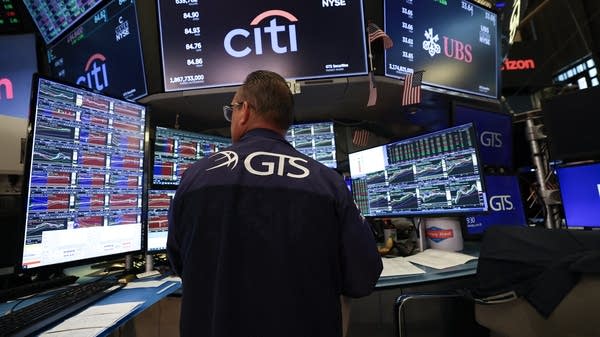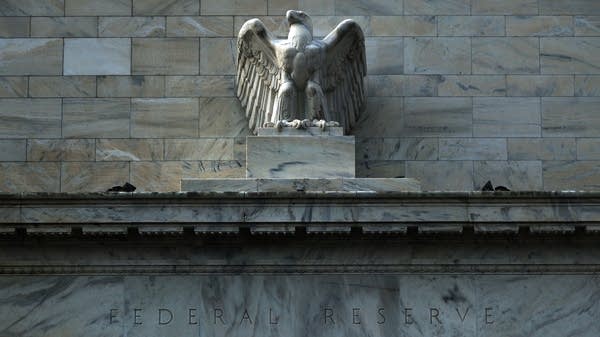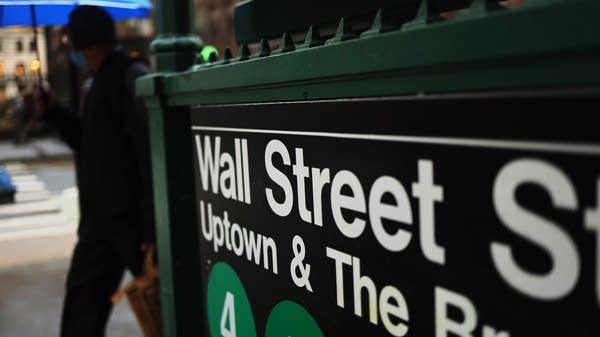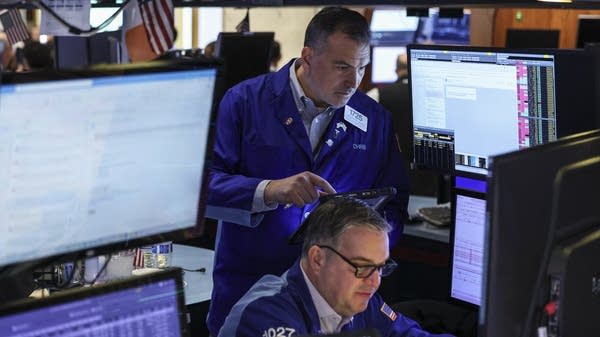Why have the markets been so buoyant?
It has a lot to do with expectations.

The stock market is not the economy. But it is a highly visible part of the economy and, as you may have noticed, it’s been on a roll.
The S&P gained nearly 4% in June, while the Dow and Nasdaq rose more than 4%. It’s certainly a turnaround from what not long ago was being called a “bear market.” So, what’s driving this rally?
If you look at charts of the major indexes — the Dow, S&P 500, and Nasdaq — you’ll see a steep drop on April 2. That was the day then-President Donald Trump formally announced plans for tariffs.
To some degree Justin Wolfers, at the University of Michigan, said it’s surprising investors were so spooked. Trump made it clear tariffs were coming.
“He ran on it,” Wolfers said. “So, the market tanked not because he imposed tariffs, but because they were bigger and larger and more incoherent and more destructive than anyone thought.”
So much of what happens in the stock market is about expectations. Wolfers said the fact that it has since rebounded has a lot to do with the pullback on tariffs.
“Maybe people are optimistic the president is not wedded to such an extreme agenda,” Wolfers said.
Investors also appear buoyed by federal tax cuts and a large budget bill passed in Washington — policies that tend to favor large, well-established companies that dominate the stock market.
Rohit Chopra, a former director of the Consumer Financial Protection Bureau, said there’s often a disconnect between what the market’s doing, and how small businesses and consumers are doing.
“We have seen this story before, where stocks go up, but really there are warning signs flashing when it comes to consumer credit,” Chopra said. “People who are falling behind on their credit cards, falling behind on their auto loans.”
Even though some of those warning signs are flashing now, consumer spending is still solid, so is the labor market and inflation is under control. Anwiti Bahuguna, at Northern Trust Asset Management, said all of that matters a lot to investors.
“It's really the macroeconomic volatility that then drives market volatility,” said Bahuguna. “And in many ways, the market volatility has come down sharply.”
That’s largely because the key economic indicators — jobs, spending, inflation — have been relatively stable.
So, while the stock market may not be the economy, its recent gains reflect investor optimism that, for now at least, the economic foundation remains solid.













